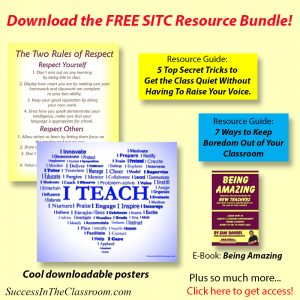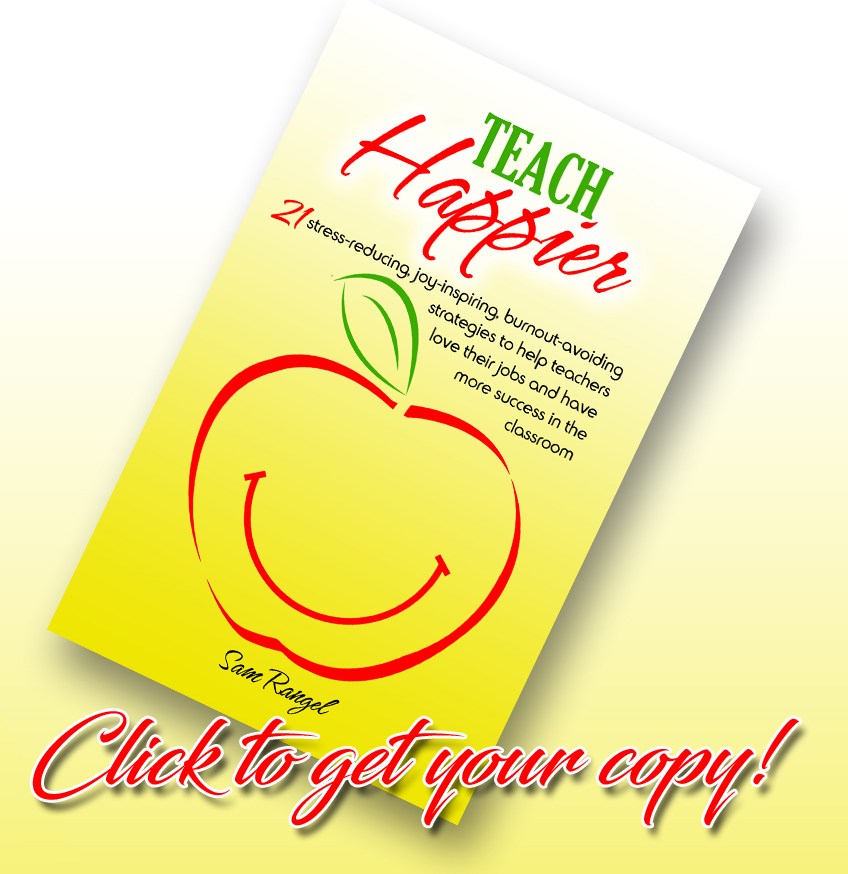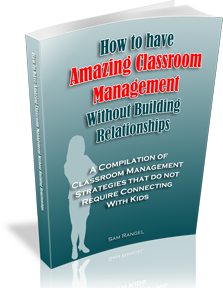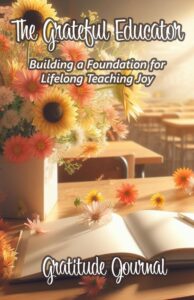Hello all,
In my last post, I shared some of the suggestions I offered my student teachers concerning the use of PowerPoint notes. Today I wanted to talk about test creation. When I create a test, I normally just pull out a previous year’s test and modify it to suit this year’s lecture. What I learned early on, again by trial and error, was that test creation is an important skill that each teacher needs to learn.
First of all, I never use the tests from the book. I have found that the book’s tests were created for the typical student, and every teacher knows that there is no such thing. That is why I always create my own. I also encourage my student teachers to do the same.
What we found was that the tests they created were tests based on the tests they remember from college, which really aren’t adequate for 8th graders. Also, what my student teachers didn’t take into account was the time necessary to grade the tests. The tests were too complicated for 8th graders to figure out, and there were too many questions that required more than one answer. Also, there were too many questions that required short essay answers.
These are really great questions which will more accurately assess the knowledge of the student, but when you have over 150 students, you will be spending hours grading them. This is what one of my previous student teachers found out the hard way. Time is on commodity that is too valuable to spend on grading tests.
These are the suggestion I offered to my student teachers concerning test creation for middle schoolers:
1. Have only one correct answer for each question. If there are more than one correct answer, offer extra credit if they can name them all. For example: Name 1 of the three main tribes who were asked to move from their land during Indian Removal.
2. Unless you have a small class, I would limit your essay questions to 1 or 2 per test. Essay questions take a long time to grade. You have to read it, then determine if the information is complete, then figure out how many points to give. Believe it or not, this can be very time consuming, especially if you have to do this for 150 tests like I do.
3. Add a freebie question. I like to add what’s called a brain teaser at the end of the test. It has nothing to do with the subject, but if the student gets it right, they get another point. If they get it wrong, and most of them do, it doesn’t hurt them. Here’s an example: Johnny’s mother had four children. The first was named April, the second was named May, the third was named June. What was the fourth child’s name? Email me for the answer. : ) I find these brain teasers on the web.
4. Have your first question always be: What is your name? Enough said.
5. Try and have a quiet activity for students to do should they finish the test early, because many will. My student teachers had the students copy a quote from the board and then write a little bit about it once they finished the test, and that is fine. The way I see it, however, is that the students have just racked their brains for the last 20-25 minutes answering questions on a test – let’s give them a brain break. What I do is print out wordsearches and once the student is finished with the test, they will bring it to me and pick up a wordsearch. I find that everybody, even my resource students, know how to do a wordsearch. It keeps them quiet so those who are not yet finished won’t be disturbed. A good site where you can create your own wordsearches is Puzzlemaker.com.
These are just a few quick test creation tips that I offer my student teachers. I’m not a big fan of tests, but since life is full of them, we have to prepare our students for them. We want the tests to be challenging, but not confusing, and at the same time we want to make it easy for us to grade them.
I welcome your comments.
Thanks,
Sam



